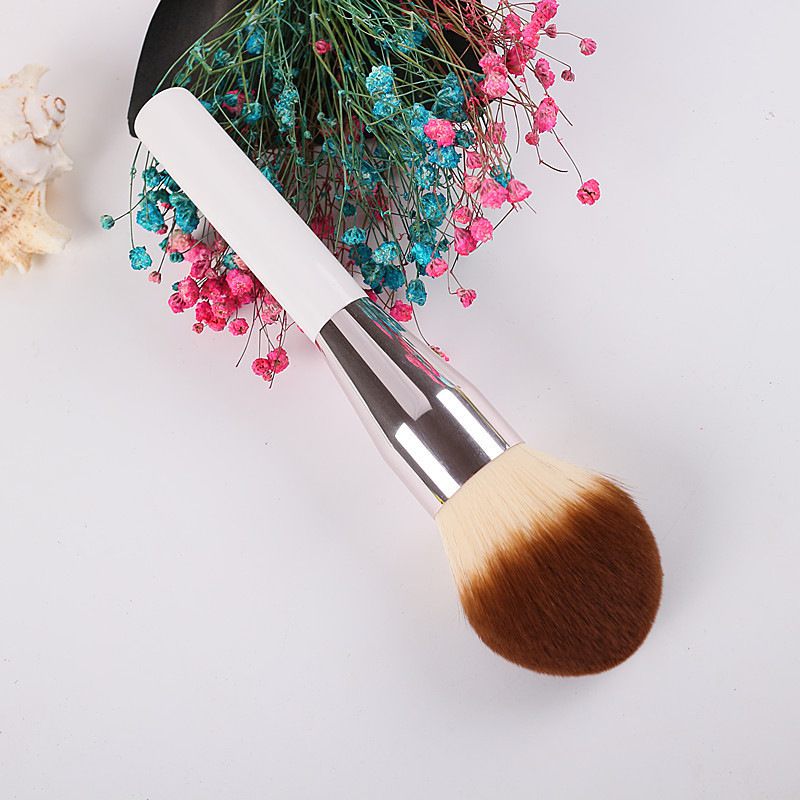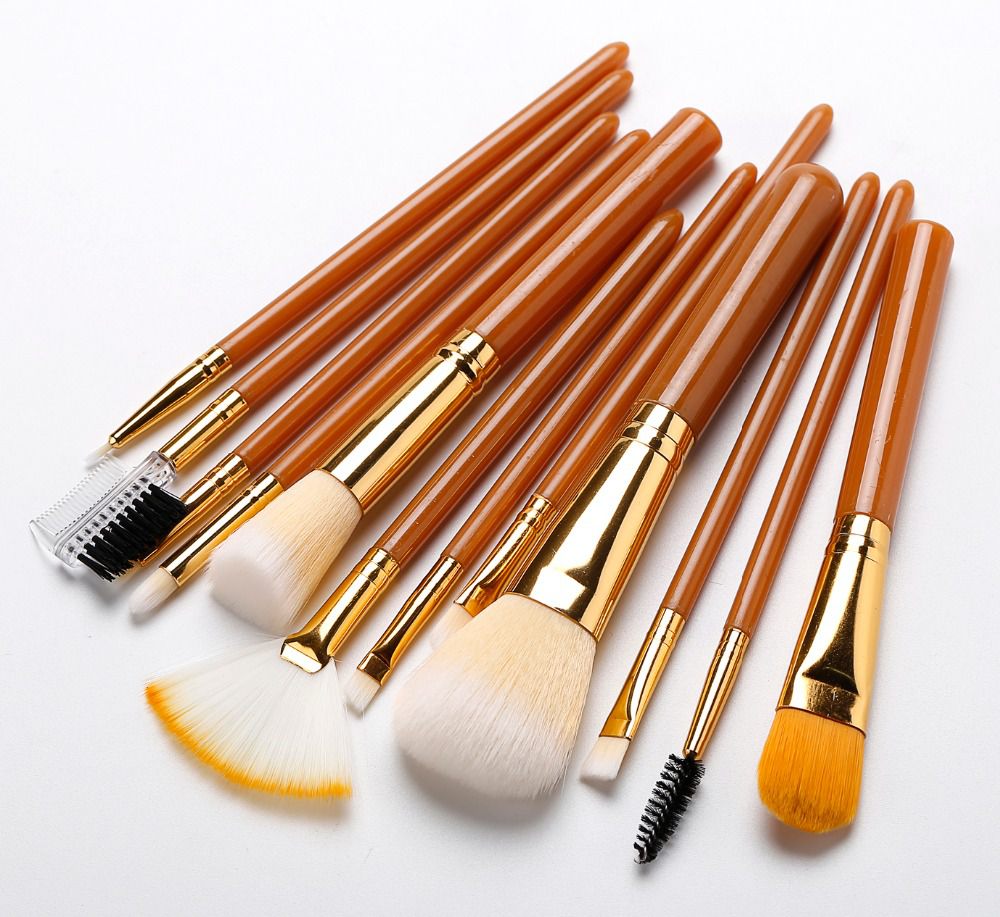Industry news
EU’s New "Green Claims" Regulation: Brush Brands Must Prove Sustainable Bristle Sourcing
- 762 Views
- 2025-11-24 01:31:15
EU Green Claims Regulation: Why Cosmetic Brush Brands Must Prove Sustainable Bristle Sourcing
The EU’s new Green Claims Regulation, enacted to crack down on misleading environmental marketing, is reshaping the cosmetic brush industry—especially when it comes to bristle sourcing.生效 in late 2024, the regulation targets vague “eco-friendly” or “sustainable” labels by requiring companies to back such claims with verifiable scientific evidence and third-party audits. For brush brands, this means one critical focus: proving their bristle materials—whether animal-derived, synthetic, or plant-based—are truly sustainable.
Animal hair bristles, long marketed as “natural” or “biodegradable,” now face strict scrutiny. Under the regulation, claims like “sustainable mink hair” must include data on sourcing: Were animals raised humanely? Is the hair collected without harm? Brands using goat or pony hair must trace origins to certified farms, with documentation of ethical treatment and minimal environmental impact. Meanwhile, synthetic bristles, often lauded as “vegan” or “recyclable,” need proof of low-carbon production, recyclability rates, or use of post-consumer plastic waste. Vague terms like “eco-synthetic” without lifecycle assessments will now be banned.
The impact on supply chains is significant. Many mid-sized brush brands, which previously relied on generic supplier claims, now need to audit their bristle sources. A 2023 EU survey found 62% of cosmetic brush “green claims” lacked concrete evidence, with synthetic bristles often overstating biodegradability. The regulation empowers authorities to fine non-compliant brands up to 4% of annual turnover, a risk that’s pushing even small players to invest in transparency.

So, how can brands adapt? First, prioritize certified materials. For animal hair, certifications like the Responsible Down Standard (RDS) or Global Organic Textile Standard (GOTS) can validate sustainability. For synthetics, the Global Recycled Standard (GRS) ensures recycled and ethical production. Second, adopt traceability tech: Blockchain platforms now let brands map bristle journeys from farm to factory, giving consumers real-time access to sourcing data. Third, collaborate with suppliers on innovation—some manufacturers are developing plant-based bristles from bamboo fiber or corn starch, which require less resource-intensive proof than traditional materials.
The regulation isn’t just a compliance hurdle; it’s a chance to build trust. Today’s eco-conscious consumers (68% of EU beauty buyers, per Euromonitor) demand authenticity. Brands that proactively share bristle sustainability reports—via QR codes on packaging or dedicated web pages—stand to gain loyalty. Smaller brands, though, may struggle with audit costs, but partnerships with industry consortia (like the Sustainable Beauty Coalition) can lower barriers through shared resources.

In the end, the EU Green Claims Regulation is forcing the cosmetic brush industry to move beyond greenwashing. Sustainable bristle sourcing isn’t just a marketing tactic now—it’s a legal requirement. Brands that act fast to verify their claims won’t just avoid penalties; they’ll lead a shift toward a truly transparent, eco-friendly future for beauty tools.












